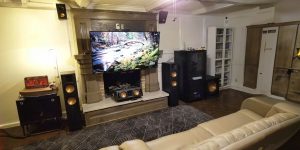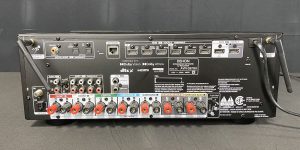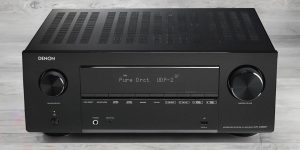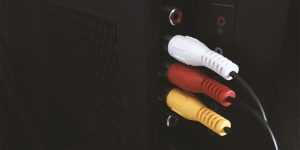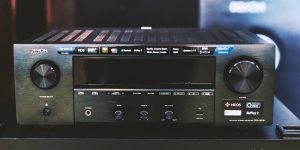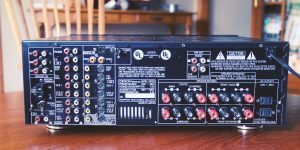A built-in Bluetooth transmitter in an AV Receiver adds a layer of convenience to any home theater setup. After all, having wireless speakers or connecting headphones can be a real game changer in terms of convenience. Sometimes, it may be an option to create a completely wireless setup, as Bluetooth will also allow you to play music from your phone or laptop wirelessly.
Surely, having Bluetooth is always a good option, but what if you have a receiver with no Bluetooth compatibility? Does it mean that your only option is to buy a new unit? Of course not! Luckily, AV receivers are very flexible, and you can add Bluetooth to the receiver with an external adapter.
Check your receiver’s specifications
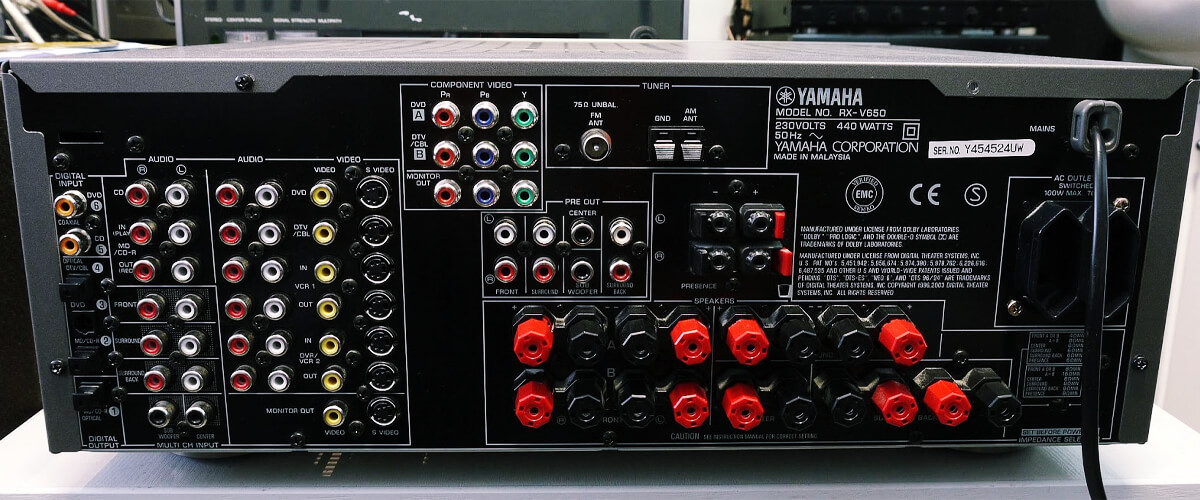
Firstly, you need to check your unit. Perhaps it has Bluetooth capability, but it was turned off. The chances are pretty small. Still, this can be the easiest option, and it is worth checking out the documentation, even if you are 100% sure.
If that’s not the case with you, check the inputs, AUX and RCA. 99.99% of receivers, regardless of the manufacturer, have these ports onboard. After you establish what ports your unit has, you can move to pick a Bluetooth adapter suitable for your unit. It may also be that your TV does not have an HDMI connector, so I advise you to learn how to connect the receiver to a TV without HDMI.
Establish connection
After getting the Bluetooth adapter, pick the connection method. Generally, there are two main options: RCA and AUX. So, make sure that you have the proper cable. Bluetooth uses two lines of RCA, so the cable should have two connectors. Those are usually red and white. In the case of AUX, it is a simple 3.5/6.3 mm jack. After connecting the Bluetooth adapter to the receiver, power up both devices and select the proper input in the receiver menu or application. When done, you can search for the Bluetooth adapter in your laptop’s or phone’s pairing menu.
Run tests
When pairing is completed, the time has come for you to test things. It is just amazing if you will hear the sound from the first attempt. Yet, don’t get disappointed if that’s not the case. Your next step will be to check the receiver’s manual to check whether you redirected the signal to the right port. After that, the Bluetooth should work properly.
Bluetooth Adapters Budget vs. Quality
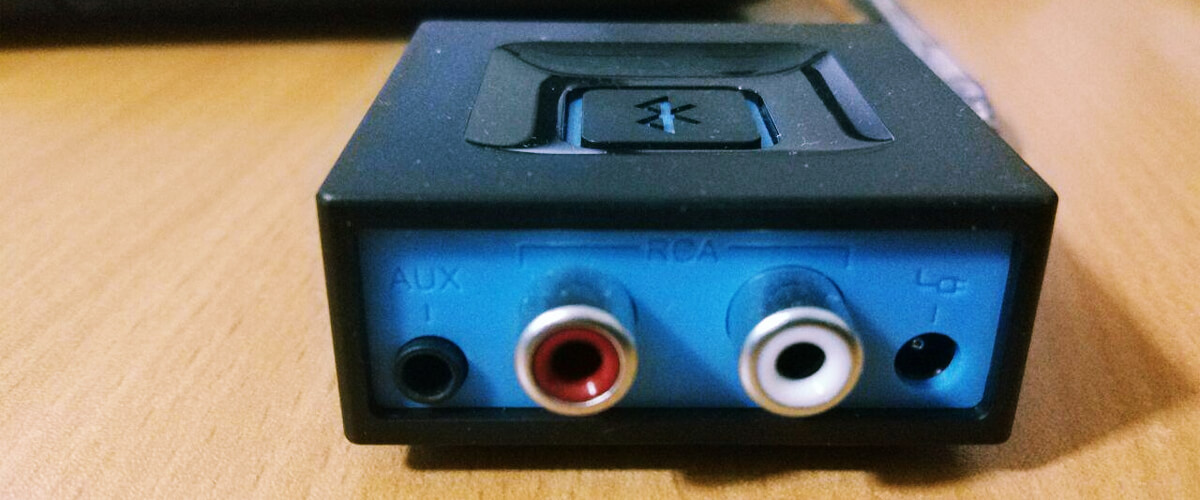
Pricing and quality are two cornerstones of human activities, regardless of the field of activity. Bluetooth is not the exception because it has such an important parameter as signal strength. Generally, the stronger the signal is, the less interference you will have when using Bluetooth. Another significant aspect is that the more powerful the adapter is, the longer range of connection will be. So the first thing to look at is the Bluetooth version—typically, the higher, the better. Now, the most efficient option is to choose Bluetooth 5.0 version adapters.
At the same time, if you are not very concerned with range but have a rather limited budget, the cheaper versions will do just fine. The crucial aspect is not to buy the cheapest adapters available. Those will have more issues than value and definitely won’t deliver the quality sound you expect from the receiver.


